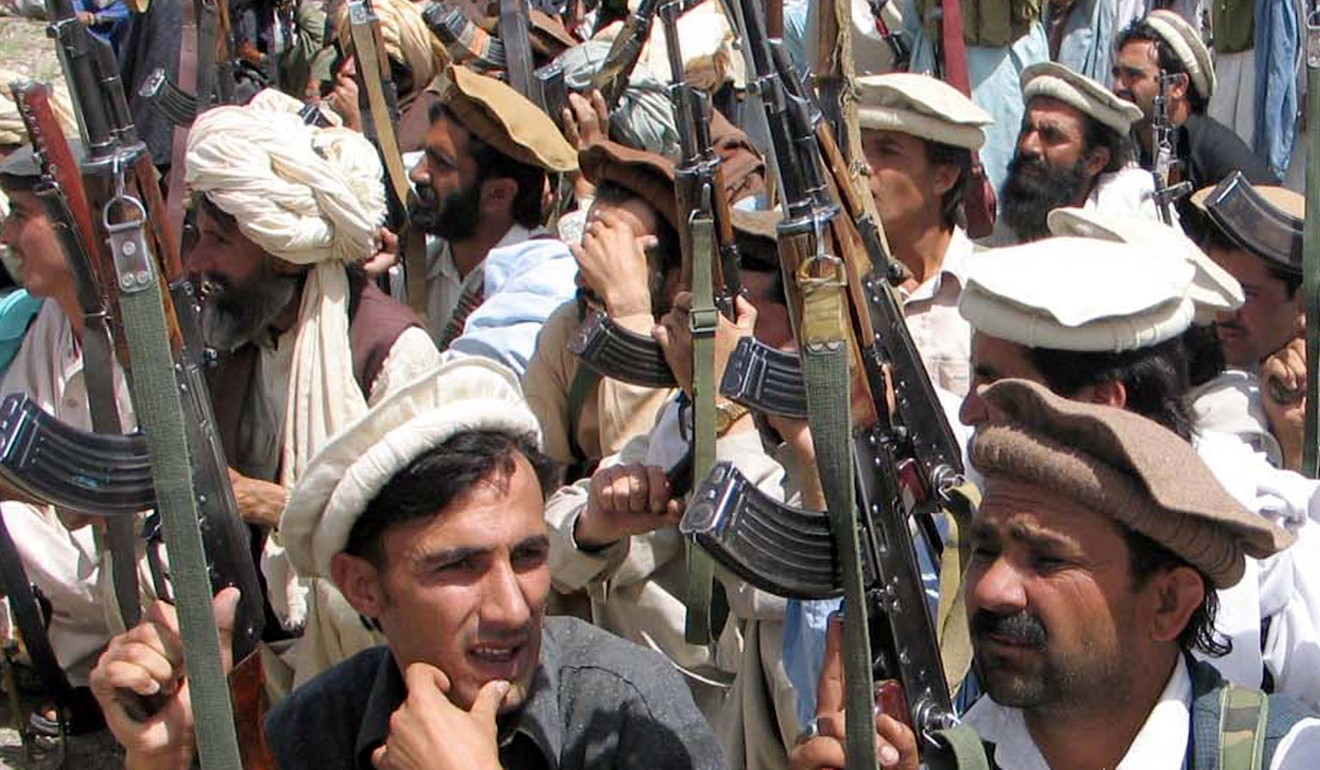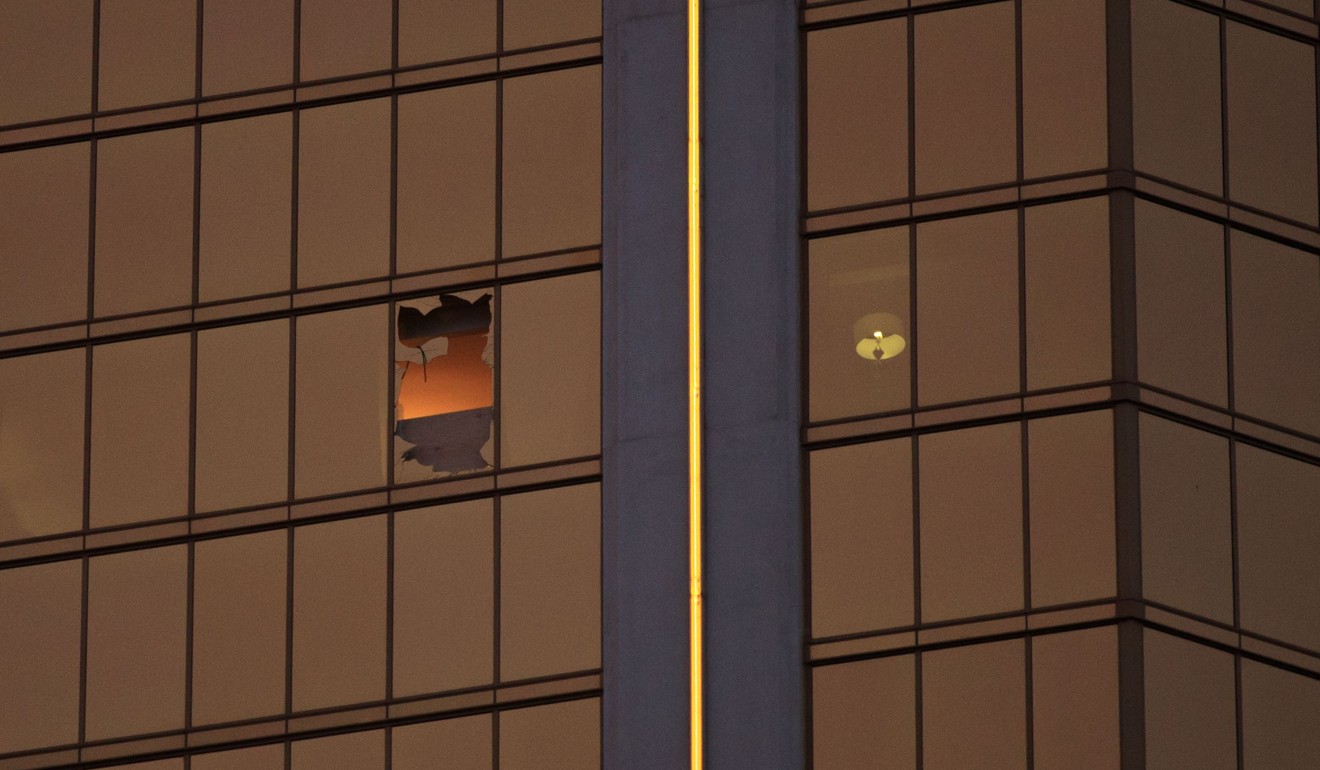
There’s no excuse for the American gun culture
‘There is something mysterious and unique going on in the American brain that condones such a tragic national masochism,’ writes David Dodwell
The story starts in 1969 in Peshawar in Pakistan, where I was spending a year as a volunteer teacher in a school in the shadow of the Khyber Pass that led up into Afghanistan. My students were the normal rambunctious boys you would expect in almost any school worldwide. Except all of them were the sons of tribal leaders in territories stretching from Baluchistan in the south west, to Swat, Gilgit and Chitral in the north, bordering China.
When the kids returned from the Christmas break, my class of 31 was unexpectedly down to 29. Will they be long delayed? I asked. There is something weird about listening to a 12-year-old replying: “They will not be coming back sir. They are dead.”
Tribal feuds were endemic in the tribal territories, and guns were ubiquitous. Boys could handle firearms before they could tie shoelaces. Now, 48 years later, I wonder how many of my mischievous 12-year-old pupils are still alive.

For the Bughti tribesmen who became my hosts and nighttime companions, handling guns was as routine as rolling a cigarette
So there I was, carried from Quetta, Baluchistan’s bedraggled capital, in a clattering 4-wheel-drive truck for 10 hours through the shimmering moonscape to the Jirga. What followed was the weirdest 10 days of my life. Sleeping on the desert ground on lemongrass bedding, eating freshly slaughtered goat from sticks planted next to the blazing night fire, tempered by a disgusting watery goat yoghurt, and wondering whether I was about to die of food poisoning.
By day, Akbar Bughti and his Marri counterpart sat under a shamiana in the middle of absolutely nowhere, with perhaps a thousand tribesmen on either side, haggling cash compensation for 20 murders, and more than 200 other offences, ranging from assaults, abductions of wives and daughters to the theft of horses and guns. Over those 10 days, compensation amounting to the equivalent of more than US$1m changed hands. I was impressed. How long would the Hong Kong legal system take to resolve so many major crimes?
But by night, there were just two diversions: sitting around a huge campfire, flicking off white desert scorpions as tribal balladiers recounted the Bughti tribe’s long heroic history in song; and sloping off into the desert dark to play target practice towards the mountains looming nearby.
Those were the only 10 days in my life when I have handled or fired a gun. For the Bughti tribesmen who became my hosts and nighttime companions, handling guns was as routine as rolling a cigarette. For me, it was a revelation. A pointless and surreal revelation. It said more about the poverty of other recreational choices and the rather sad emptiness of these tribal lives that were only tenuously hinged to the 20th century.
According to the American Journal of Medicine, the gun-related murder rate in the US is 25 times higher than the average of 22 other high-income countries
And so to the tragic mystery of Las Vegas and Stephen Paddock, and yet another pointless massacre made possible by testosterone-laden gun laws that allow thousands of Americans to build battlefield arsenals. Is there not a perverse irony in the fact President Trump fulminates on the terrorist threat, which in 2016 can be linked in the US to 58 deaths, when almost 37,000 innocent Americans died at the whim of crazy people like Paddock, who have accounted over the past three years for approximately one mass shooting per day – 274 so far this year.
As an outsider, understanding the US obsession with gun ownership is an absolute impossibility. There is something mysterious and unique going on in the American brain that condones such a tragic national masochism. According to the American Journal of Medicine, the gun-related murder rate in the US is 25 times higher than the average of 22 other high-income countries. While the US has seen 28,000 gun deaths so far this year, Japan has seen just one. While the rate of gun-deaths per 100,000 people sits at 10.2 in the US, it sits at just 1 in Australia and Germany, and a bare 0.2 in the UK.

Wherever you look for data, the conclusion is breathtakingly clear. As the American Journal of Medicine report concluded: “Firearms are killing us rather than protecting us.” Around 30 per cent of Americans say they own a gun, but more than half of the county’s extraordinary stock of 265 million guns are owned by just 3 per cent of adults – who between them own an average of 17 guns apiece.
I can sort of understand my wife wanting 17 pairs of shoes, or 17 necklaces, but what possible logic rationalises the need to own so many firearms? What possible logic can allow a gun-shop owner to sell his testosterone-fuelled client his 17th weapon without pausing to ask what part of the Second Amendment can justify such a perverse indulgence?
More than a third of Americans today believe that guns – and mass shootings – are a fact of life. I think my Pakistani tribal students back in 1969 thought that too
People often talk of the US as “the exceptional nation”, but why is this gun culture so quintessentially at the heart of that exceptionalness? Pew Research tells us that three quarters of gun owners say the right to own a gun is “essential to their sense of freedom”. What perverse experience can possibly have led them to this dark tribal place?
More than a third of Americans today believe that guns – and mass shootings – are a fact of life. I think my Pakistani tribal students back in 1969 thought that too. Nearly five decades later, I fear many of them are dead. Certainly Akbar Bughti is. Sadly, that is the price they have paid – and continue to pay – for ancient tribal customs that ought to have no place in modern society. But what excuse does that give Americans for harbouring this tragic mental aberration?
David Dodwell researches and writes about global, regional and Hong Kong challenges from a Hong Kong point of view

